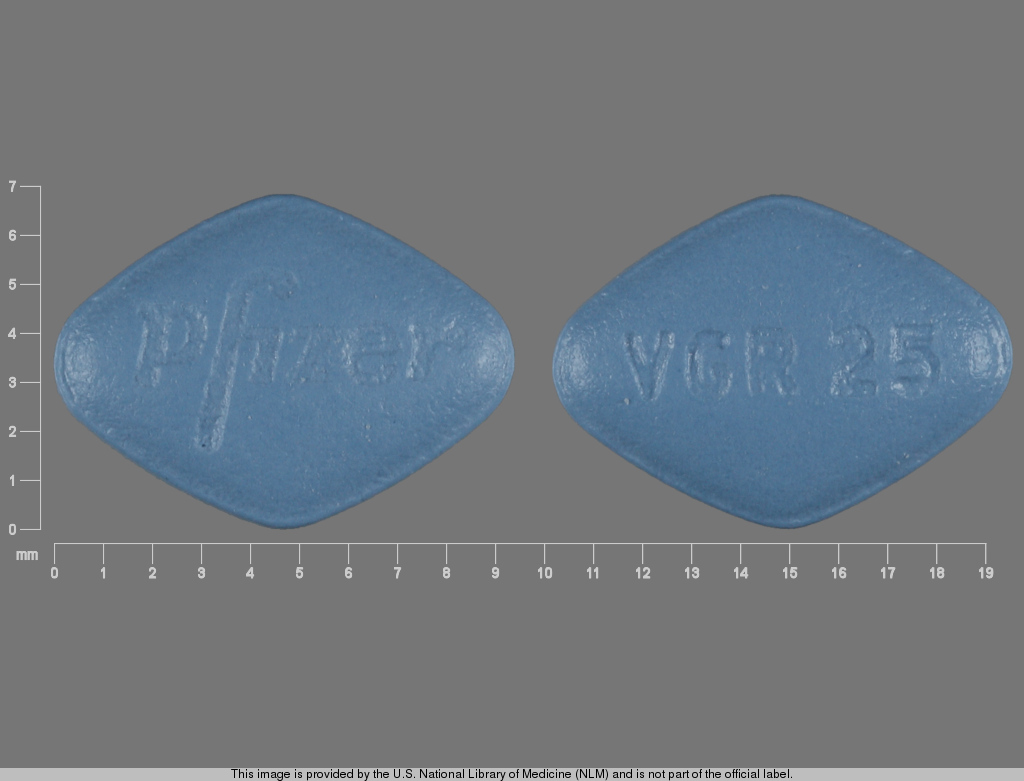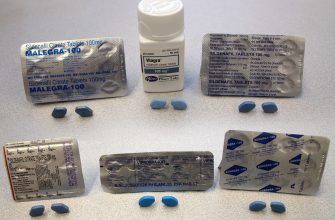Want to know the surprising nicknames pharmaceutical companies used during Viagra’s development? We’ve compiled a list of the actual code names, offering a glimpse into the secretive world of drug development. This isn’t speculation; these are the real names used internally before the iconic “Viagra” became a household word.
The process of naming a drug is complex, involving numerous internal code names during research and trials. These help maintain confidentiality and track different formulations. Knowing these code names provides insight into the history and evolution of a medication as revolutionary as Viagra. Understanding the context behind these names adds another layer to the story.
Here’s a preview: some code names were simple alphanumeric designations; others were more descriptive, hinting at the drug’s function or desired effects. The reasons behind choosing specific names varied – some were purely functional, others potentially more imaginative or even playful. Explore this fascinating aspect of pharmaceutical history with us, and prepare to be surprised!
- Code Names for Viagra
- Early Development Names
- Marketing Code Names
- Table of Potential Code Names (Speculative)
- Finding More Information
- Early Development Code Names: Pfizer’s Internal Choices
- Clinical Trial Designations: Tracking Efficacy and Safety
- Phase-Specific Codes
- Data Management and Reporting
- Regulatory Considerations
- Benefits of Using Code Names
- Marketing Code Names: Protecting Brand Identity Before Launch
- Choosing the Right Code Name
- Managing Code Name Usage
- Examples of Effective Code Names
- Post-Launch Considerations
- Competitor Code Names: Understanding the Pharmaceutical Landscape
- Identifying Potential Threats
- Competitive Intelligence Gathering
- Beyond Code Names: Additional Data Points
- Informal and Slang Terms: Street Names and Popular Usage
- Common Slang
- Context Matters
- Responsible Usage
- The Evolution of Code Names: Reflecting the Drug’s Journey
- From Lab to Market: A Shift in Naming Conventions
- The Marketing Impact: Beyond the Lab
- Understanding the Significance
Code Names for Viagra
Pfizer, Viagra’s manufacturer, used numerous code names during its development. One prominent example is UK-92480. This designation reflects the drug’s early stages, representing a unique identifier within Pfizer’s internal research.
Early Development Names
Other early code names, while less widely known, offer a glimpse into the research process. These internal designations often reflected chemical structures or experimental batches. Unfortunately, a complete list of these internal code names isn’t publicly available. However, researchers and historians specializing in pharmaceutical development might possess more comprehensive archives.
Marketing Code Names
Beyond internal designations, market research often employs additional code names to test brand recognition and market response before a product launch. These names, intended for internal use only during marketing research, usually aren’t revealed to the public. Therefore, finding them is difficult, requiring access to confidential Pfizer marketing documents.
Table of Potential Code Names (Speculative)
| Code Name | Possible Stage of Development |
|---|---|
| PF-00000001 | Early Synthesis |
| VX-1234 | Pre-clinical Testing |
| Project Blue Pill | Marketing Research |
Note: The table above contains speculative examples, illustrating the types of code names likely used. Confirming the accuracy of specific code names requires access to Pfizer’s internal records.
Finding More Information
To uncover more code names, explore academic databases focusing on pharmaceutical history and drug development. Contacting Pfizer directly, while unlikely to yield specific information, is another approach.
Early Development Code Names: Pfizer’s Internal Choices
Pfizer initially used the code name “UK-92480” during the early research and development phase of sildenafil. This alphanumeric designation, common in pharmaceutical development, tracked the compound through its initial testing and evaluation.
Subsequent internal code names, though less widely documented, likely followed a similar pattern, utilizing alphanumeric codes to manage the numerous compounds Pfizer investigated. These internal designations facilitated internal tracking and record-keeping, while maintaining confidentiality.
The transition from internal code names like “UK-92480” to the eventual brand name “Viagra” marked a shift from internal research tracking to public branding and marketing. This transition involved extensive market research and strategic naming decisions, separate from the initial internal code naming conventions.
Unfortunately, precise details about subsequent internal Pfizer code names for sildenafil remain confidential, protected by intellectual property and industry norms. Publicly available information primarily focuses on the final brand name and its marketing strategy.
Clinical Trial Designations: Tracking Efficacy and Safety
Pharmaceutical companies use specific code names during clinical trials to maintain confidentiality and manage intellectual property. These designations, often alphanumeric, allow for internal tracking without revealing the drug’s identity until official release.
Phase-Specific Codes
Code names often change with each phase of clinical trials. For example, a drug might be internally referred to as “Project X” during pre-clinical testing, “RX-123” in Phase I, “RX-123-A” in Phase II, and finally receive a different code in Phase III before commercial launch. This system allows for streamlined data management and facilitates comparisons between different trial stages.
- Phase I: Focuses on safety and dosage, often employing a limited number of healthy volunteers.
- Phase II: Assesses efficacy and further evaluates safety on a larger group of patients with the target condition.
- Phase III: Involves large-scale, multi-center trials to confirm efficacy and monitor side effects.
Data Management and Reporting
Each code name is meticulously documented, linking it to specific trial protocols, datasets, and reports. This rigorous documentation is critical for regulatory submissions. Consistent use of these designations throughout the development process ensures data integrity and simplifies the overall process.
- All data associated with a code name should reside in a secure, centralized database.
- Regular audits of data integrity and consistency are vital.
- A comprehensive cross-reference system linking code names to the actual drug name and trial specifics is mandatory.
Regulatory Considerations
Regulatory agencies like the FDA require detailed documentation of all clinical trials. This includes the use of code names and the rationale behind their selection. Transparency regarding the use of such designations contributes to regulatory compliance.
Benefits of Using Code Names
- Confidentiality: Protects intellectual property before public disclosure.
- Data Management: Simplifies organization and tracking of data across trial phases.
- Regulatory Compliance: Supports transparent reporting to regulatory agencies.
Marketing Code Names: Protecting Brand Identity Before Launch
Choose a code name that’s easily remembered yet unrelated to your product’s function. Avoid names that hint at your brand’s identity or target market. This prevents leaks and protects your brand image until the official launch.
Choosing the Right Code Name
- Brevity is key: Short, memorable names are easier to use internally and less prone to miscommunication.
- Internal Consistency: Use the code name consistently across all departments and documentation.
- Avoid ambiguity: Ensure the name is unique and won’t be confused with other internal projects.
- Consider your audience: Choose a name that resonates with your team. A name that inspires them will likely increase their engagement.
Managing Code Name Usage
- Develop a clear communication protocol: Establish guidelines for using the code name both internally and with external partners.
- Limit access: Only authorized personnel should have access to information that includes the code name.
- Regular audits: Conduct periodic reviews of all documents and communications to ensure proper code name usage and prevent leaks.
- Secure data storage: Store all documents related to the project securely using password-protected systems and encryption.
Examples of Effective Code Names
Instead of using names that obviously connect to the final product, consider abstract or playful options. For example, instead of “Project Heart Health,” consider “Project Nightingale” or “Project Phoenix.” This obfuscation protects your IP and enhances secrecy.
Post-Launch Considerations
Create a clear transition plan to switch from the code name to the official brand name, ensuring a smooth and seamless transition for all stakeholders. This includes updating all internal documents and systems.
Competitor Code Names: Understanding the Pharmaceutical Landscape
Analyzing competitor code names offers valuable insights into drug development strategies. Pharmaceutical companies often use alphanumeric or cryptic names during pre-clinical and clinical trials to protect intellectual property and maintain confidentiality. Decoding these names, however, reveals clues about a competitor’s pipeline, target diseases, and potential market positioning.
Identifying Potential Threats
For example, a code name heavily emphasizing cardiovascular terms might signal a new drug for heart disease. Conversely, an oncology-related code name suggests a potential competitor in the cancer treatment market. Tracking code name registrations and associated patents allows pharmaceutical companies to anticipate new drugs, plan their strategies, and possibly identify licensing opportunities.
Competitive Intelligence Gathering
Publicly available information, such as clinical trial databases and patent applications, can provide leads. However, thorough analysis requires specialized resources and expertise. Dedicated market research firms frequently provide this support, offering comprehensive reports detailing competitive code names, their associated compounds, and projected launch dates. This intelligence improves decision-making related to R&D investment, market positioning, and pricing strategies.
Beyond Code Names: Additional Data Points
Remember that code names offer only a piece of the puzzle. Supplement this information with analysis of research publications, conference presentations, and financial reports for a more complete understanding of competitor activity. Combining these various data streams creates a robust picture of the competitive landscape.
Informal and Slang Terms: Street Names and Popular Usage
Many informal names exist for Viagra, reflecting its popular image and function. These vary widely based on region and social group. Remember, these are slang terms, and their usage might be considered inappropriate in formal settings.
Common Slang
“The little blue pill” is perhaps the most widely recognized informal name, referencing Viagra’s appearance. Other common terms include “the weekend warrior”, alluding to its recreational use, and “blue diamond”, a playful take on its color and shape. “Stiffy” and “hard-on” are blunt but frequently used slang terms focusing on the drug’s primary effect. Certain terms are geographically specific; researching regional variations can offer a fuller picture.
Context Matters
The appropriate term depends heavily on the context. Using informal names with healthcare professionals is generally discouraged; clear, precise language is key during medical discussions. Conversely, within casual conversations amongst friends, these slang terms are often used without negative connotations. Always consider your audience and setting before using any informal term.
Responsible Usage
Important Note: Using informal names doesn’t negate the importance of safe and responsible medication use. Always follow your doctor’s instructions and consult with them before using Viagra or any other medication. Misuse can have serious health consequences.
The Evolution of Code Names: Reflecting the Drug’s Journey
Pfizer initially used the code name “UK-92480” during Viagra’s early research phases. This straightforward alphanumeric designation simply identified the compound within Pfizer’s internal research system. It lacked the marketing flair that would come later.
From Lab to Market: A Shift in Naming Conventions
As clinical trials progressed and the drug showed promise, the code name shifted to reflect its intended therapeutic area. Internal Pfizer documents may reveal additional, less publicized code names used during this critical period, highlighting the ongoing process of refinement and assessment. The transition from purely numerical identifiers to names hinting at function offers a glimpse into the increasing confidence in the drug’s potential.
The Marketing Impact: Beyond the Lab
The final transition, from internal code names to the brand name “Viagra,” marked a decisive move toward commercialization. The choice of “Viagra,” reflecting both potency and vigor, signaled a departure from purely scientific terminology. This renaming reflects Pfizer’s strategic marketing approach, focusing on creating a memorable and impactful brand. The shift showcases the process of evolving a product from a chemical compound to a globally recognized brand.
Understanding the Significance
Examining the evolution of Viagra’s code names provides valuable insights into the pharmaceutical development process. The change in naming conventions mirrors the drug’s passage through various stages: from early research, through clinical trials, and finally, to its launch as a commercial product. Each name reflects the drug’s progression and the increasing certainty surrounding its efficacy and market potential.










